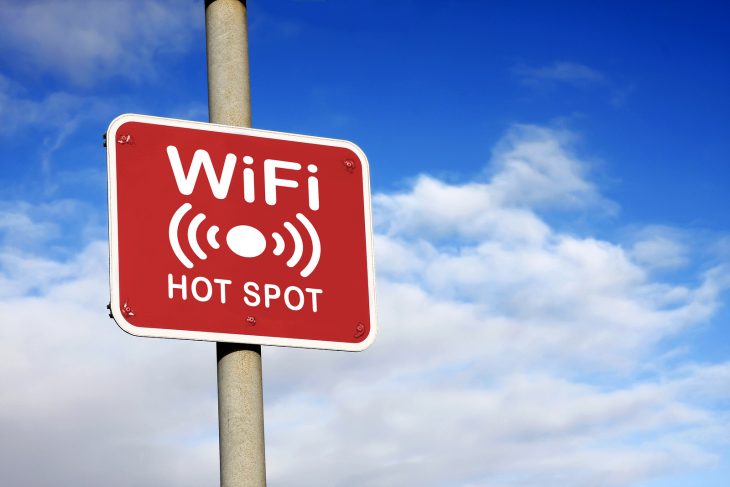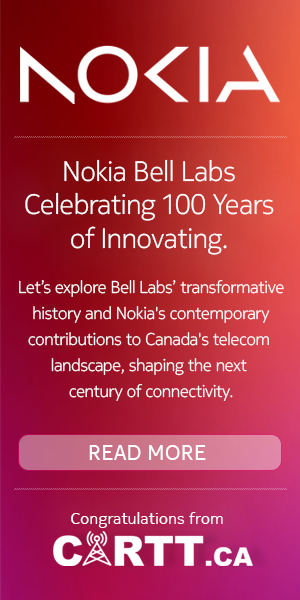
LOS ANGELES – In a move aimed at blanketing the U.S. with wireless coverage, Comcast is looking to extend its WiFi network to as many as 8 million hotspots by the end of the year, far more access points than any other North American cable or wireless provider.
Comcast, which already has about a million hotspots under its umbrella, unveiled its bold expansion plans at the Cable Show in Los Angeles last week, outlining how it intends to extend its Xfinity WiFi network to those 8 million hotspots. Plans call for adding tens of thousands of access points in 19 of the nation's 30 biggest cities. This lineup of cites includes: Atlanta, Baltimore, Boston, Chicago, Denver, Detroit, Hartford, Houston, Indianapolis, Miami, Minneapolis, Nashville, Philadelphia, Pittsburgh, Portland, Sacramento, Salt Lake City, San Francisco, Seattle and Washington D.C., all of which are now served by Comcast's fleet of cable systems.
Further, Comcast officials explained that they will build up their network so quickly by focusing on three different types of access point areas – public outdoor spaces like parks and plazas, business offices and other facilities and, most notably, neighborhood hotspots emanating from customer homes. The vast bulk of hotspots by far will be added in customer homes, where the giant U.S. cable operator is now installing access points with a second, public SSOD signal on brand new WiFi-enabled data gateways that it is feverishly deploying throughout the nation.
Just a few weeks after announcing that they had activated their millionth hotspot, Comcast executives said they are carrying out the ambitious expansion drive to meet the needs of current broadband subscribers and build in enough capacity to satisfy future demand as well. “Wireless access is increasingly important to our customers, and we are building a network that not only meets today’s needs but also stays ahead of tomorrow’s demands,” said Marcien Jenckes, executive vice president of consumer services for Comcast Cable.
Comcast's soaring WiFi usage numbers tell much of the story. The MSO estimates that it has initiated nearly 200 million out-of-home sessions on its Xfinity WiFi network so far this year, a whopping 700% increase over the same-month period a year ago. Thanks to such huge increases in WiFi traffic, Cisco Systems has estimated that 88% of all U.S. data traffic on mobile and portable devices will be moving over WiFi links by 2018.
Although there appear to be indications that they and other large U.S. MSOs are weighing the creation of a "WiFi First" mobile voice service with their rapidly growing networks, Comcast executives insisted last week that they are not looking to launch such a service right now. While WiFi can do a lot of things, they said, it is not a licensed technology and can never match the quality of a cellular network.
Speaking at the Cable Show last week, the top wireless service executives of several other leading U.S. MSOs echoed that sentiment. The executives, representing the national CableWiFi Alliance consortium — which consists of Comcast, Time Warner Cable, Cox Communications, Cablevision Systems and Bright House Networks – declared that they also see WiFi as a complementary service to cellular, not a competitive one. In addition, they said they view their WiFi services as a way to make their offerings stand out from those of their telco rivals.'
In an unrelated move, the CableWiFi Alliance announced that it now covers 250,000 cable hotspots throughout the U.S., up from some 200,000 last fall and about 150,000 a year ago. Cable subscribers using these hotspots can either tap into their own MSO-branded SSIDs or take advantage of the newer "CableWiFi " SSID to link to the network.
– Staff



